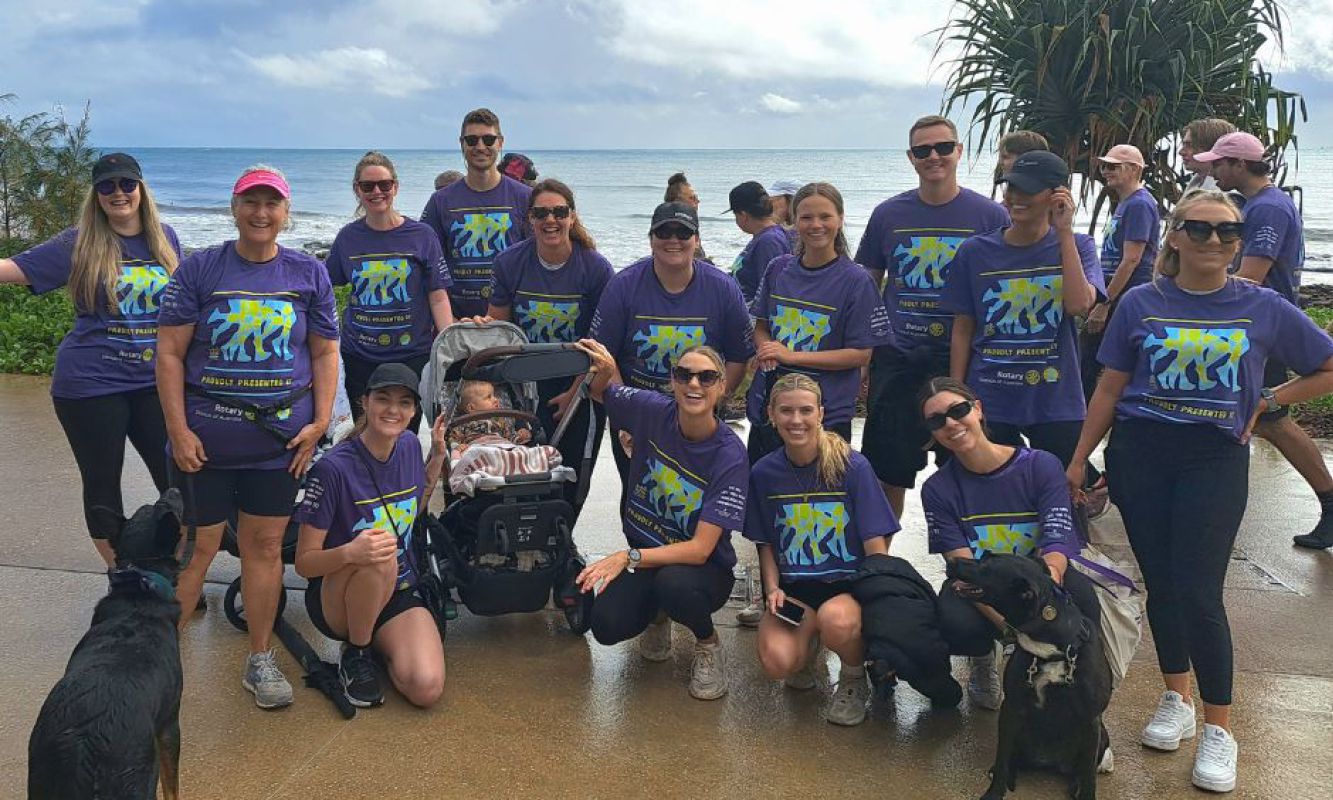What do you believe is the secret to a great team–those that are highly effective, enjoy outstanding performance records and have happy team members? Is it shared interests and preferences among team members? Similar educational levels? Equal distribution of extroverts and introverts? A particular leadership style?
Google, a company known for its highly analytical approach to organisational management, had the same question a few years ago. They had already been tracking and studying detailed employee data for years to optimise performance. According to this report, Google’s HR department had scrutinised everything from how frequently particular people eat together to which behavioural skills the best managers have in common. As it turns out, the most productive employees tend to build larger networks by rotating dining companions and, unsurprisingly, the data found that avoiding micromanagement and good communication was crucial to success. In all their research, however, Google’s HR department could not find a consistent pattern in all the data that told a reliable story about what makes a truly great team.
To find the answer, Google did what they do best–serious number crunching. In 2012, the company embarked on what was called Project Aristotle. Over two years, the project team conducted more than 200 interviews with Google employees and looked at roughly 250 attributes of more than 180 active Google teams. As the patterns started to emerge, it became clear that who is on a team matters less than how the team members interact, structure their work, or view their contributions. The number one element which sets the most successful teams apart from others? It is a group dynamic called psychological safety, which is defined by Harvard Business School professor Amy Edmondson as the ‘‘shared belief held by members of a team that the team is safe for interpersonal risk-taking’’. In other words, a sense of confidence and agreement shared by each member that the team will not embarrass, reject or punish someone for speaking up which leads to a team climate characterised by interpersonal trust, mutual respect and an environment in which everyone feels comfortable being their authentic selves.
In a way, this is nothing new. Google’s intense data collection and calculations have led it to the same conclusions that good managers have always known. If team members listen to one another and demonstrate empathic concern for their colleagues’ feelings and needs, the team will work more cohesively together and produce better results. For those among us who like to look at hard data to confirm this intuitive understanding, Project Aristotle delivered.
So, as a leader or manager, what can you do to foster and support psychological safety in your team? Here are some ideas on how to help your team shift gears and adopt a positive mindset to increase team cohesion and performance–by role modelling and discussing with your team:
- From judgemental to curious. If we are honest with ourselves, we know that we can be quick to judge others and jump to conclusions. Psychologists call it the fundamental attribution error: if a colleague is late for a meeting, it is because they have no time management skills in general, or because they are disrespectful. If they make a mistake, it’s because they don’t have the required skills or the right attitude. If we ourselves happen to be late, there is always a specific reason that kept us from being on time, and our own mistakes tend to be temporary and excusable slip-ups due to particular circumstances. As Stephen Covey put it, “We judge others by their actions, and ourselves by our intentions”. To overcome this tendency which diminishes psychological safety in relationships, don’t assume what the other person is thinking or the motivation behind their actions. Instead, ask genuine, open and non-threatening questions, and listen non-judgementally to what they have to say. If there is a problem to be solved, try to switch perspectives and really understand what the situations looks like from the other person’s position–what they can see and what’s hidden to them, what they may worry about, what really matters to them. This is a good starting point to explore solutions together.
- From false harmony to constructive disagreement. The opposite of hostility and suspicion is not keeping a smiling face or avoiding open conflict at the cost of personal discomfort, it is respectful and constructive disagreement. Groups that fall prey to a sense of false harmony tend to pressure its members to submit to outward agreement, suppress doubts and questions, and value conformity above critical thinking. The pressure on the individual to “fall in line” with everyone else can be subtle or overt. This gives rise to groupthink, a dangerous and dysfunctional dynamic that can stifle creativity and innovation, lead to poor decision-making and cause a drop in standards, for example, in relation to performance or ethics. To avoid such situations, encourage respectful, productive dissent and divergent thinking. Remind the team that sharing different perspectives and politely challenging each other’s opinions (always with the right intent and never as a personal attack) is a critical element on the journey to continuous improvement and the development of innovative solutions.
- From pointing the finger to learning together. Making mistakes is what makes us human. People make the wrong decision sometimes, choose the wrong words in a conversation or an email, or interpret data or patterns in the environment incorrectly. We can only work with the information we have in a given moment, we don’t always have the same mental and physical energy levels available to us, and priorities can change over time: what may look like the appropriate thing to do today could be judged very differently tomorrow. Nobody wants to look bad in the eyes of others, and if mistakes are used as an opportunity to point the finger and lay blame instead of identifying their instructional value for everyone, people will be compelled to hide errors or even lie about them to avoid scrutiny and repercussions. Teams with high psychological safety openly share their mistakes with each other to create opportunities to learn, develop new insights and increase both individual and team capability over time.
- From adversarial to collaborative. Conflicts and misunderstandings will inevitably occur when a group of diverse people work together. Suppressing them or pretending that you didn’t notice won’t make them go away, but will deteriorate relationships over time. Instead, use these situations as teachable moments where you shift the focus from an adversarial (win-lose) to a collaborative (win-win) mindset. Instead of entering discussions with a narrow and combative approach, psychological safety is built around demonstrated behaviours that value the other person’s views and are focused on creating mutually beneficial outcomes. Sometimes this is a compromise, other times it can lead to the development of novel solutions and ideas. Questions to ask include “how can we achieve an outcome that is agreeable to everyone?” or “what needs to happen to move forward together on this?”
- From perfection to vulnerability. Use your position of influence as a leader to model pro-social and altruistic virtues such as vulnerability, humility and compassion. Perfection does not exist in the real world, and if this is what you are trying to project, people will find it difficult to connect with you and establish a relationship based on honesty and a foundation of trust. If all they see from you is steely resolve and a notion of infallibility, they will also conclude that this is what they need to do in order to protect themselves from unfair criticism, blame and personal attacks. Showing vulnerability by asking others for help, admitting that you don’t have the answer to a question or sharing personal struggles to a level that is appropriate invites cooperation and trust from others as well as reciprocity. Others will feel safe to show vulnerability in return leading to an increase of mutual trust.
If you would like to learn more, don’t hesitate to reach out to the QLS Solicitor Support service on ethics@qls.com.au or p. 3842 5843 to speak to someone in a judgement-free and supportive environment.














Share this article